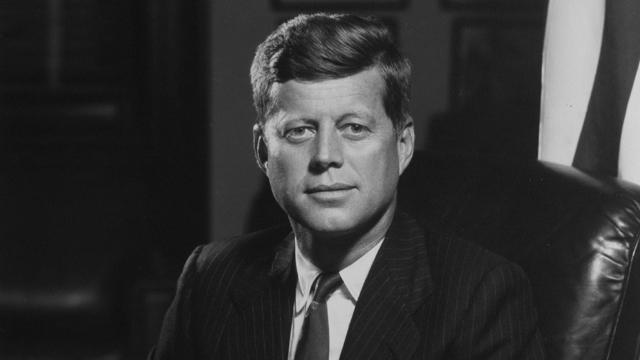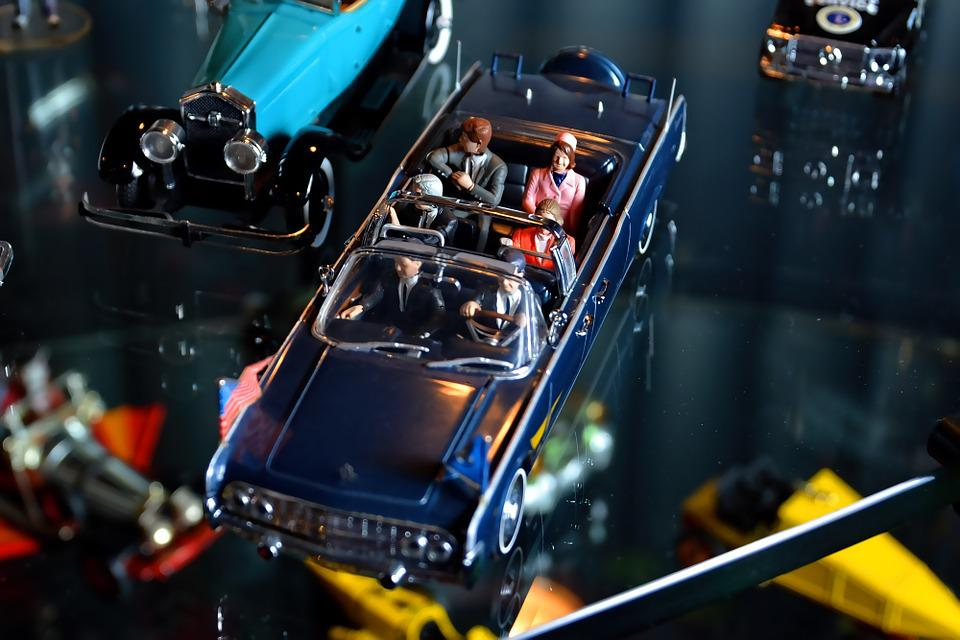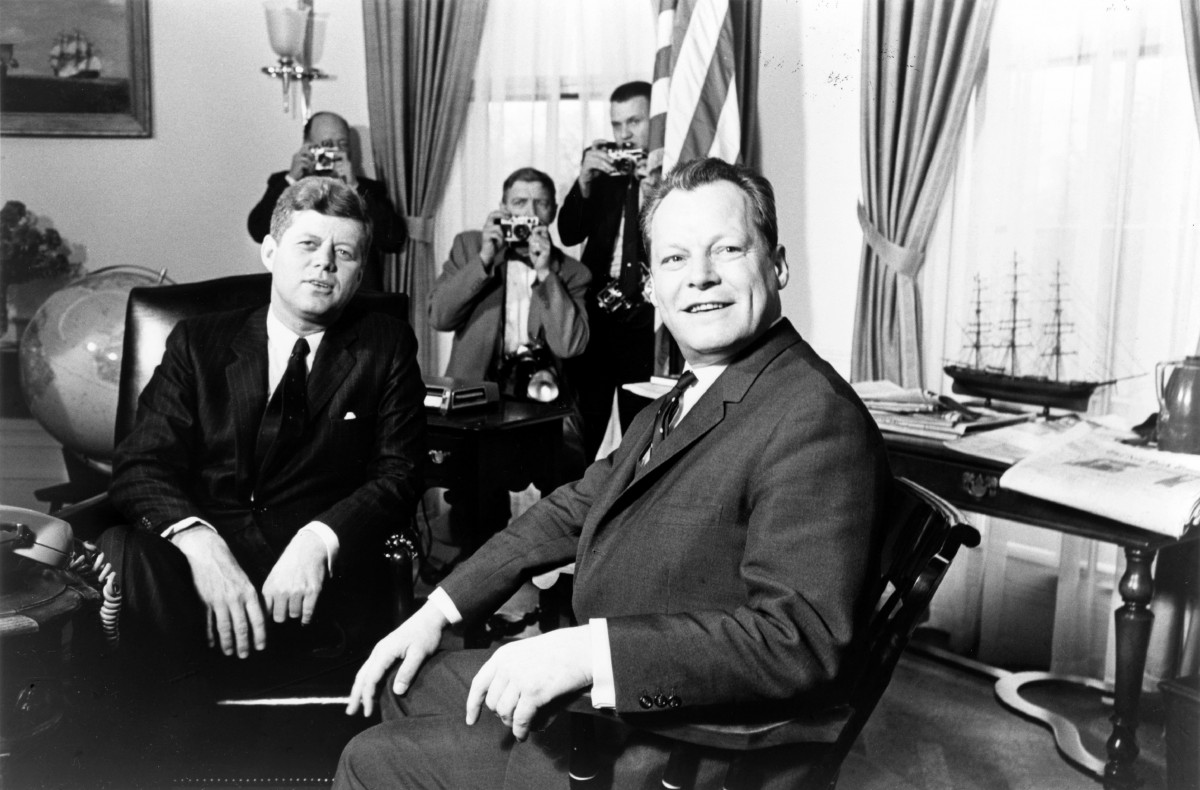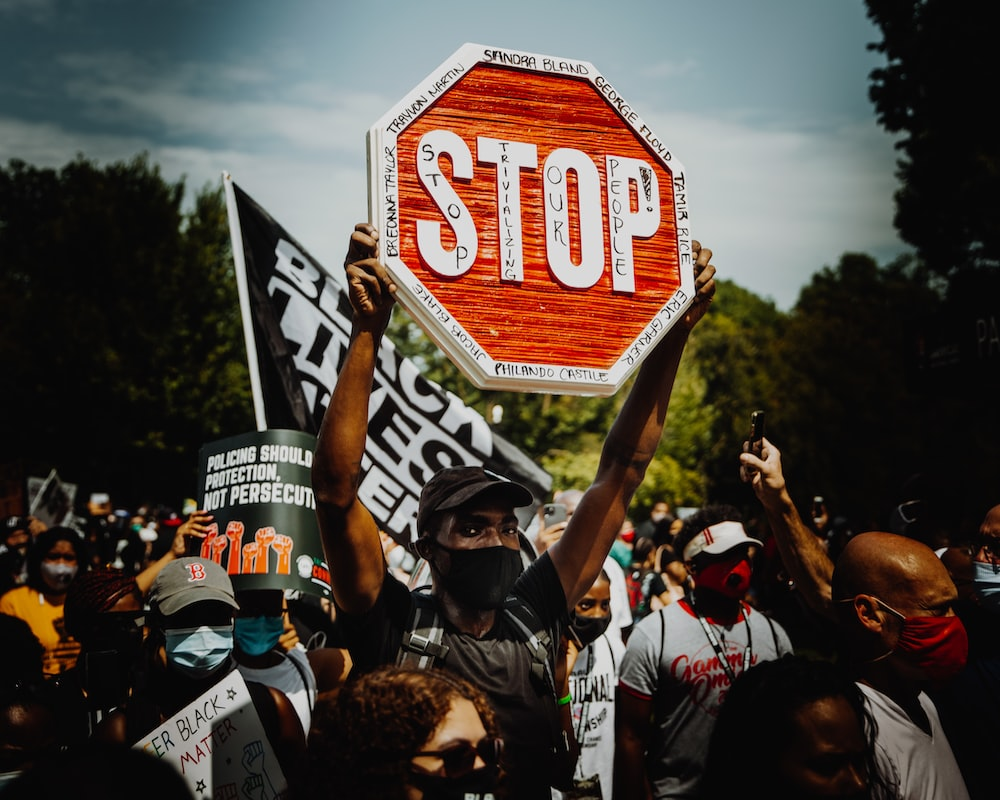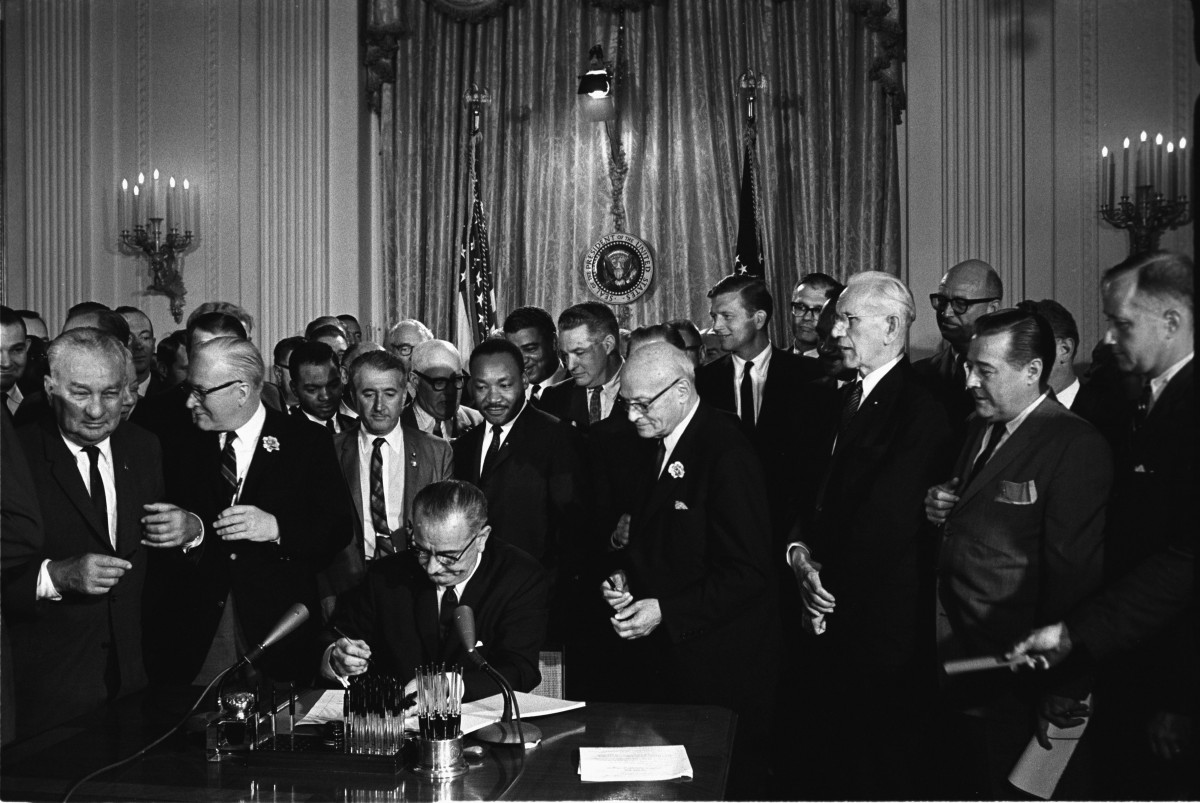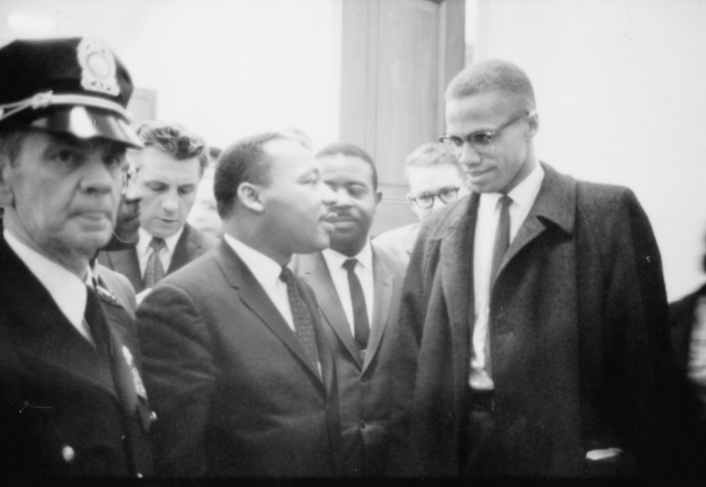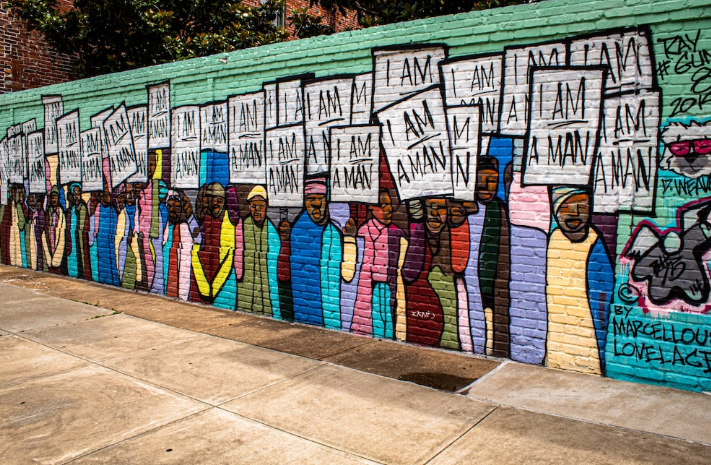- Jake Fernandez
- Blogs
- Hits: 166
Who Else Fell Victim to the JFK Assassination?
President John F. Kennedy was assassinated on November 22, 1963, while passing through Dealey Plaza inside an open motorcade with his wife, Jacqueline Kennedy, John Connally, the then-Governor of Texas, and his wife, Idanell Connally. Click here for more details.
Kennedy wasn’t the only person to lose his life in the attack, nor was he the only victim, surviving or otherwise.
John Connally
The Texas Governor met Kennedy the day before the assassination. He had been the governor for tenmonths and had already accompanied the President in San Antonio and Houston. After a quick stop at Forth Worth, they flew to Kennedy’s final destination, Dallas.
When the first shots rang out a little after noon, Connally clearly remembers feeling like someone had punched him twice in the back. He was soon covered in blood and viscera that he, at the time, thought was his own before passing out.
Connally ultimately survived the attack, but not before undergoing surgery for several injuries encompassing his thigh, wrist, chest, and back. While he generally agreed with the controversial findings of the Warren Commission, he disagreed with the single-bullet theory.
J.D. Tippit
J.D. Tippit has been a law enforcement officer for the Dallas Police Department for 11 years at the time of the assassination. He was no stranger to violence, having served in World War II and sustaining multiple injuries as a cop.
The day of the assassination started just as any other day for Tippit. Official accounts place him on duty patrolling nearby Oak Cliff, and his alleged time of death was roughly 45 minutes after the attack on Kennedy. The official accounts place him talking to the alleged assassin and getting shot to death soon after, but we know to take such testimonies with a grain of salt.
James Tague
James Tague isn’t your average JFK assassination victim. However, before making a career out of the incident, he was a regular car salesman. On the day of the murder, he was stuck in traffic on his way to meet his fiancée for lunch.
As he got out of the vehicle, a misfired bullet reportedly hit the curb next to him and sent debris flying everywhere, including his right cheek. His injury was minor, but it became a turning point in his life. Although he initially agreed with the findings of the Warren Commission, he later recanted his statements and has even published two books presenting alternate solutions to the Warren Commission.
At Kennedys and King, we seek to denounce conspiracy theorists and seek the truth behind JFK assassination. Please contribute to our cause to advocate for full public disclosure ofthe political assassinations of the 1960s, including those of Martin Luther King, Robert F. Kennedy, John F. Kennedy, and Malcolm X.
Reach out to share your thoughts and comments.


